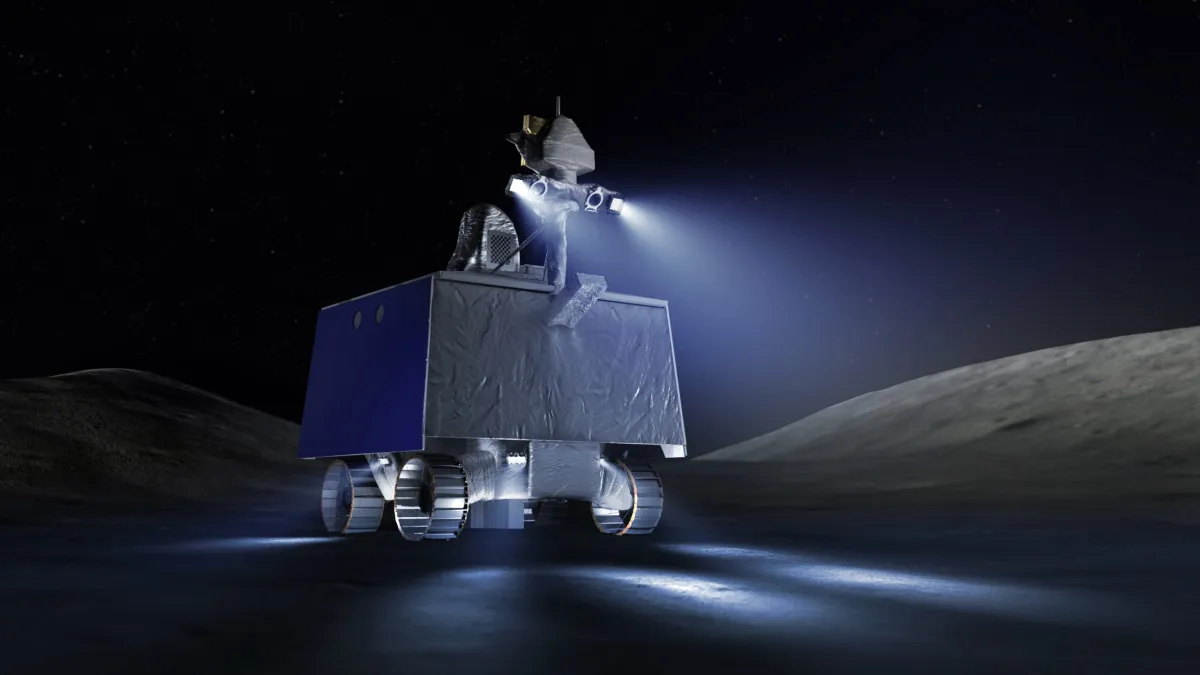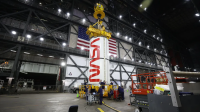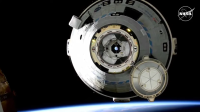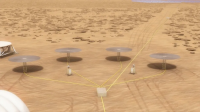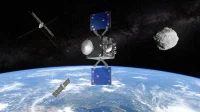NASA has announced plans to move forward with the Volatiles Investigating Polar Exploration Rover (VIPER) mission after canceling its previous delivery agreement last year. The agency released an Announcement for Partnership Proposal (APP) on February 3, seeking U.S. companies to partner with NASA to transport and operate the rover on the Moon.
Under the partnership, NASA will provide the VIPER rover, which it has already built and tested. The selected company will be responsible for launching the rover, landing it on the Moon's south pole, operating the rover, and handling the dissemination of scientific data it collects.
NASA had initially contracted Astrobotic for the rover's delivery through the Commercial Lunar Payload Services (CLPS) program but canceled the project in July 2024 due to escalating costs and concerns over delays. Following the cancellation, NASA opened the possibility for partnerships with companies or other nations to take over the mission.
“We're excited about this new partnership,” said Nicky Fox, NASA's associate administrator for science. “This partnership provides the opportunity for NASA to collect VIPER science that could tell us more about water on the Moon, while advancing commercial lunar landing capabilities and resource prospecting possibilities.”
VIPER's mission, which involves prospecting for water ice in shadowed lunar craters, is a critical part of NASA's exploration plans. The rover, which weighs 500 kilograms, will serve as a platform for understanding lunar resources, a key factor for future missions and potential human settlement.
NASA's approach for the competition is structured in two steps. The agency is requesting initial proposals by March 3, 2025, where companies will outline their plans for delivering VIPER and achieving the mission's science goals. Selected companies will then be invited to submit detailed proposals by May 2, which will include technical, schedule, and funding information. NASA intends to select the partner within 30 days of receiving the Step 2 proposals.
However, NASA does not intend to provide funding to the selected partner. The company chosen will be responsible for all aspects of the mission, including testing, launch, lunar transit, landing, and surface operations. The rover's science data, collected during the mission, will be made publicly available.
NASA previously estimated that delivering VIPER through alternate approaches would cost between $350 million and $550 million. By partnering with commercial companies, NASA aims to reduce costs while allowing private firms to demonstrate their lunar landing and payload delivery capabilities.
Joel Kearns, deputy associate administrator for NASA's Science Mission Directorate, emphasized the benefits for companies in taking on such a high-profile project. “Being selected for the VIPER partnership would benefit any company interested in advancing their lunar landing and surface operations capabilities,” Kearns said.
With this partnership, NASA hopes to advance both scientific research and the commercialization of space exploration capabilities.

